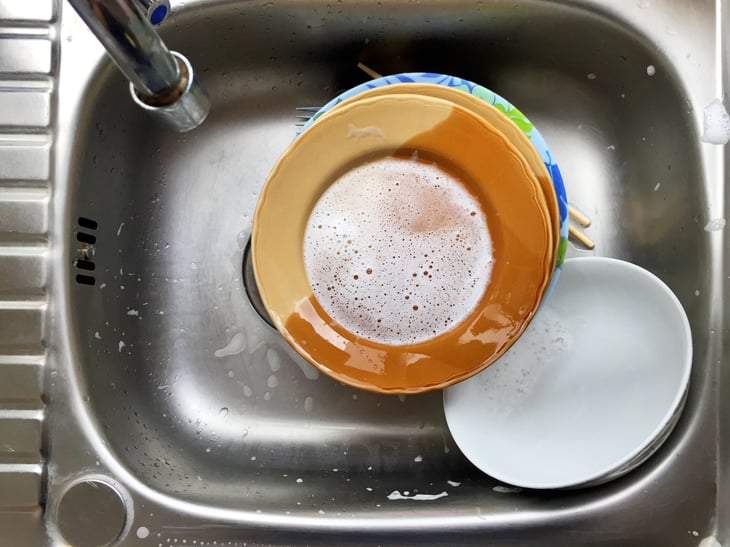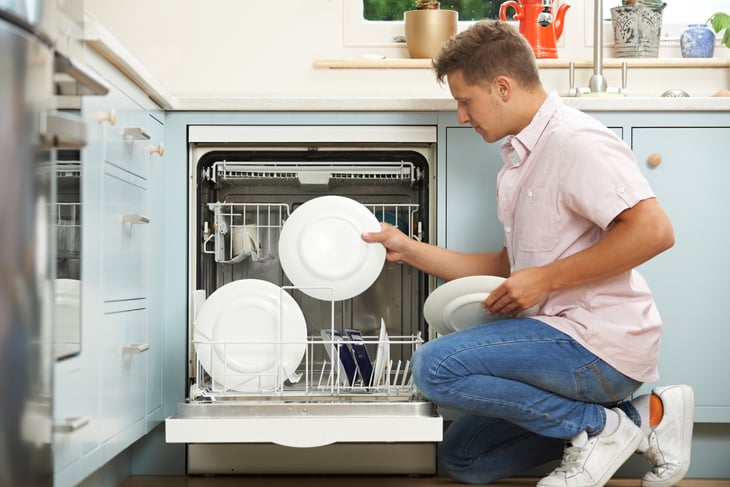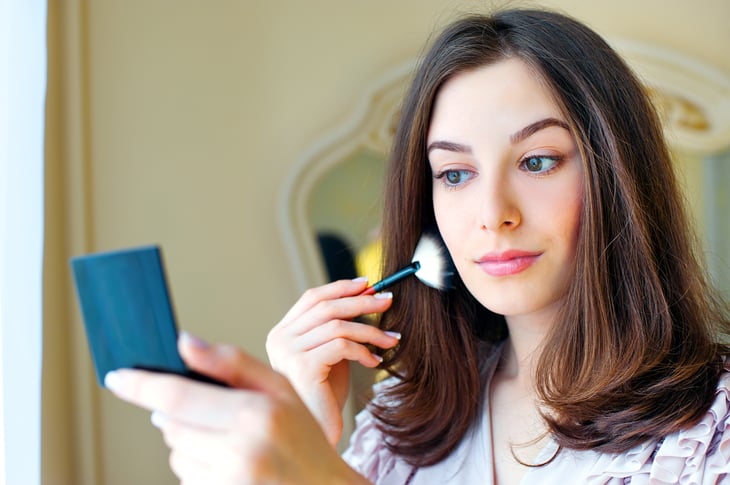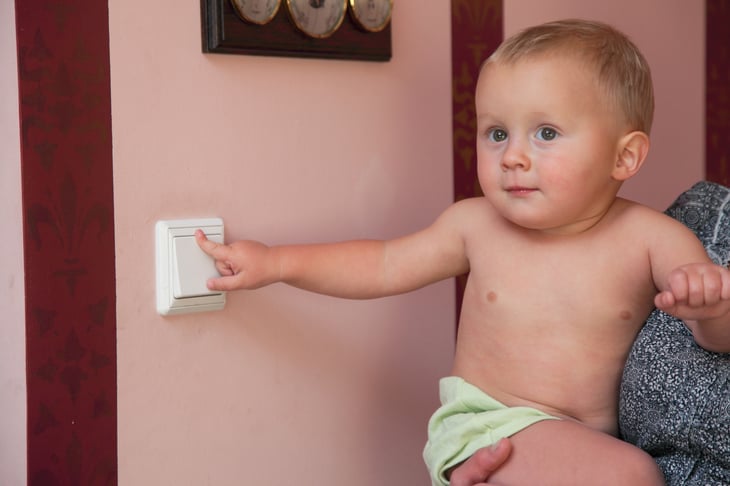
The coronavirus pandemic has reminded all of us to regularly clean the surfaces inside our homes.
However, there is another type of “deep cleaning” you can do. Sure, you regularly clean toilets and kitchen counters — but filth, bacteria and even more distasteful things are lurking on everyday items you touch daily.
You should clean these items, but chances are you don’t. It’s time to turn that bad habit around.
Here are some overlooked things that deserve a deep cleaning.
1. Your car’s gear shift

Microbiologists at Aston University in Birmingham, England, found that a typical gear shift hosts a whopping 356 germs per square centimeter, making it the germiest spot in your car. And if you drive with pets and kids, bacteria levels soar, along with your chances of getting sick.
Clean the gear shift or gear selector often to stay on the road to better health. If you’re concerned about COVID-19, check out “This Is the Best Way to Kill Coronavirus in Your Car.”
2. Your handbag or backpack

About one-third of purses (or backpacks and messenger bags) have coliform bacteria, an indicator of fecal contamination, on them, according to Charles Gerba, a microbiologist at the University of Arizona, Tucson.
Gerba’s research found that the bottoms of personal bags pick up filth after being set on the floor, ground or other surfaces. Wipe yours down often with a microfiber cloth or use a disinfectant spray or wipe made for soft surfaces. And don’t forget to clean out the inside of your bag as well.
3. Your kitchen sink

Because your kitchen sink is usually wet and moist, it’s the perfect breeding ground for food-borne illnesses.
According to WebMD, bacteria — including E. coli and salmonella — thrive on food particles on dirty dishes in the sink and drain. So, make sure you scrub the sink as well as you do the lasagna pan. Use a disinfectant product made for the kitchen or a solution of bleach and water every day.
And make sure you aren’t using an old sponge that’s also teeming with bacteria. For more, check out “11 Disgusting Household Items You Should Toss Already.”
4. Cellphones

How often do you use your cellphone compared with how often you clean it? According to TheHealthSite.com, on average, a phone has 25,000 germs per square inch.
Since the screen is usually warm, bacteria thrive on and transfer from it — not just to your fingers, but also potentially to your eyes, nose, ears and lips when you touch them with fingers that have touched the phone.
For tips for keeping your cellphone clean and germ-free, check out “How to Sanitize Your Phone Without Damaging It.”
5. The dishwasher

Even if your plates come out sparkling, there’s most likely a bunch of crud and bits of food at the bottom of the dishwasher that can include bacteria, fungi and even mold.
Take out the racks and clean the walls of the dishwasher — a toothbrush works great to get into hard-to-reach places.
When you’ve thoroughly scrubbed it out, put a cup of white vinegar in a dishwasher-safe container, and place that on the upper rack of the appliance. Then run the dishwasher through a hot water cycle to wash away that greasy, grimy gunk and remove foul odors.
6. Makeup brushes

Dirty makeup brushes accumulate dead skin cells, oil and bacteria. So, when you brush these dirty tools over blush or eyeshadow, it’s contaminating your makeup and then spreading all that dirty stuff to your face.
Experts recommend that brushes be cleaned at least every two weeks. Brushes used for creamy products such as foundation, concealer, lipstick or cream shadow need cleaning more often than dry products like loose powder.
The website One Good Thing says you can use basic detergent soap or even baby shampoo to clean your brushes.
7. Your work station

Your office space is hiding a dirty little secret — actually, a lot of dirty secrets! An infographic from Master Cleaner Ltd. looks at the ugly truth about what’s lurking on and around your desk:
- Keyboards contain a lot more microbes than a toilet seat — as many as 16 million.
- Office phones host around 25,000 microbes per square inch.
- Office desks can be more than 400 times dirtier than a toilet seat.
So, don’t be shy about disinfecting your work area, whether it is in the office or at home.
8. Remote controls

Our much-handled remotes are crawling with bacteria and viruses. If you travel, the remotes at hotels are even dirtier.
Gerba — the microbiologist at the University of Arizona, Tucson — tested hotel remotes and found that they were loaded with contaminants. Room service, anyone? Order up some disinfectant wipes! (But don’t forget to take the batteries out of the remote before cleaning.)
9. Bed pillows

That super soft, comfy pillow you’ve been sleeping on (and sweating on) for months is probably filled with dead dust mites. Because pillows get warm and moist, they make a perfect breeding ground for the nasty little critters.
Consumer Reports suggests washing pillows about twice a year.
10. Light switches

We usually hit the major spots when cleaning our homes — from windows and floors to appliances and furniture. But we often overlook small spots touched by dirty fingers multiple times a day. These include light switches.
Give switches a regular rub-down with disinfecting wipes.





Add a Comment
Our Policy: We welcome relevant and respectful comments in order to foster healthy and informative discussions. All other comments may be removed. Comments with links are automatically held for moderation.